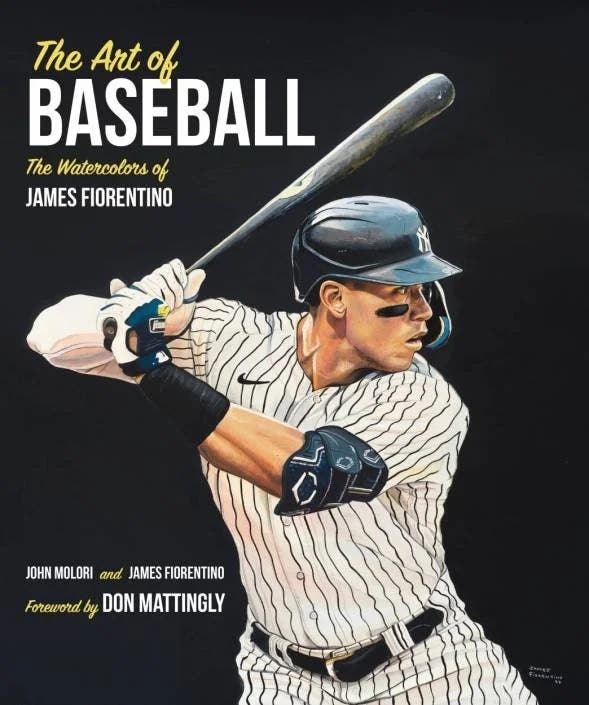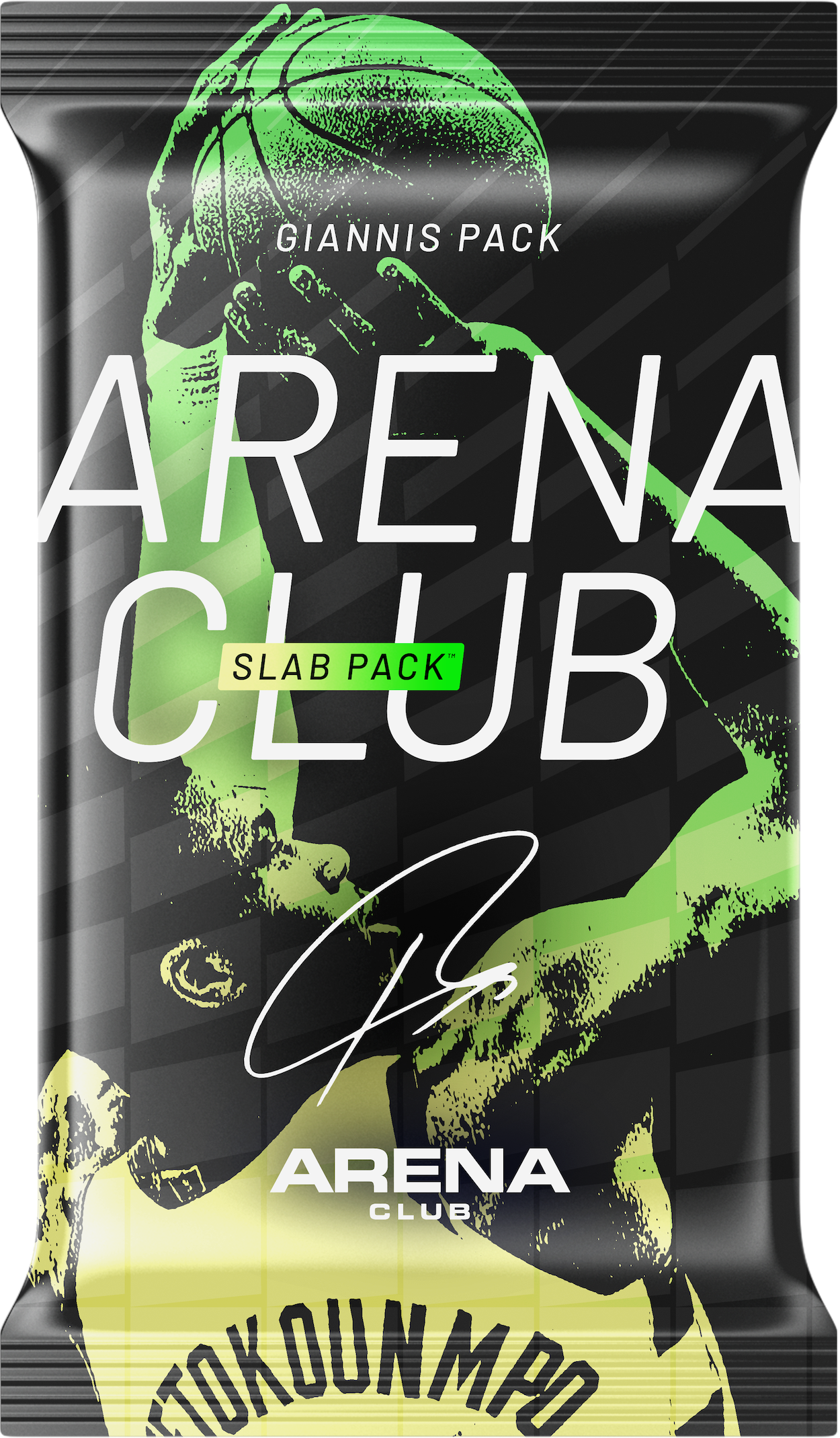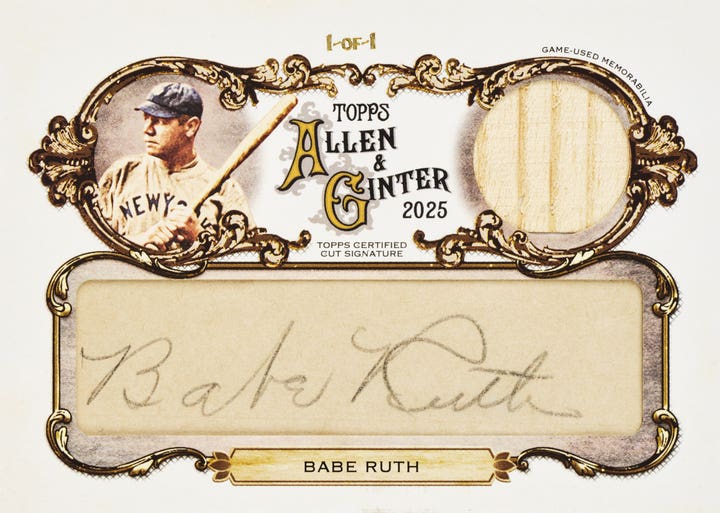News
Popularity of 1987 Topps Baseball set leads to interesting TTM project
If you asked me what are my favorite Topps baseball cards, the 1987 set would be right near the top.
A takeoff of the popular 1962 set, with similar wood-grained borders, this was an instrumental set in the explosive rise in the popularity of baseball cards in the late 1980s. It was also at the height of mass production, and the quality and color could sometimes vary from box to box, not to mention the occasional mis-cut cards you could get.
For the longest of time, it was nothing to see unopened boxes sitting on tables at card shows for $5. But they have gone back up in price in the latest sports card craze the last couple of years. At the most recent shows I have attended, they were going for around $25 a box, and this past summer at The National in Atlantic City, I found them on the floor at that price as well.
“They are selling again,” one dealer told me. “I’ve brought them back out.”
In August of 2021, I pulled out a set I had hand-built back in the day and decided to start sending off cards through the mail (TTM) and see how many I could get back signed. There are 792 cards in the regular set and 132 in the Traded subset for a total of 924 cards.
A long-time collector of signed cards, I went through my collection and found I already had around 25 1987 cards that I had gotten signed over the years, which made for a good start. I have sent baseball cards off for years, but have never really tracked them, just happy to open the mailbox and get one back.
In December of 2022, a few months past the first anniversary of when I started this endeavor, it was time to see where I stand. Let me say up front, I have no grand illusion of getting all these cards signed, or even coming close. I know there are collectors that attempt to do this. This is simply an experiment of sorts for me, and this time I started a journal to record what I have sent, to whom, and the date it went out by month. I decided to do this so I can keep up with just how many have gone out, and how many have come back to me, then I highlight the ones returned with a notation beside it.
As anyone who has done TTM can tell you, your cards can come back signed, unsigned, returned to sender unopened, or they don’t come back at all. It is not anywhere close to being an exact science.
Where do you get all these addresses? My first source is “The Baseball Address List” book by Jack Smalling. It contains a listing of all players who have ever played in the major leagues and an address for them if they are not deceased. I have been using his books for reference for years and I find them very reliable. (He also buys and sells autographed cards and collections and sends out a great catalog once a year.) But in a very mobile society, relationships do not always endure, so some addresses are not always going to be up to date. That is why Smalling puts out a new addition every couple of years, and it is usually a great resource.
I also go over the managers, coaches, announcers, scouts and front-office staffs for all major and minor league teams. A large number of former players have moved into these jobs after their playing days and you can reach them through their various teams. You can get this information just by doing a little research online.
A LOOK BACK
This seems hard to believe, but the ’87 set is now 35 years old. Several prominent players and managers such as Bill Buckner, Yogi Berra, Joe and Phil Niekro, Sparky Anderson, Mike Flannagan, Gene Michael, Claudell Washington, Cal Ripken Sr. and Tommy Lasorda have passed away.
Once again, Topps has gone back in time, with some ’87 35th anniversary insert cards, identical to the originals on the front and back, of some of today’s top players and rookies randomly inserted in their 2022 set. (They have done other ’87 reprints as inserts from time to time over the years.) Some of these come with Topps certified autographs. The prices they are selling for leads you to believe they are always going to be a hit. Nothing beats the wooden borders, but I’m looking only for the originals.
One reason for the resurgence of the 1987 cards is that they included many young stars appearing in their first Topps regular-season set. Despite the overproduction, I feel the growth in the grading of cards today plays a hand in this as much as anything. Stars Bo Jackson, Barry Bonds, Will Clark, Bobby Bonilla, John Kruk, Jaime Moyer, Dave Magadan, Rafael Palmeiro, Barry Larkin, Doug Drabek, Randy Myers, BJ Surhoff and Kevin Mitchell all have rookie cards in this set, along with several others who went on to long careers.
Two of the most popular cards from the set when it came out were Mark McGwire and Jose Canseco, both of the Oakland A’s. Along with Bonds and Palmeiro, their card values have been affected over time by steroid accusations from their playing days. Right now, the prices seem to be creeping back up, especially if they have been graded. Those cards from the ’87 set with a grade of 10 are now fetching a pretty good price.
The Traded set appears to be printed on a better stock of paper, with greater coloring and very few mis-cuts. The only difference in the looks of the cards is the whiter background on the back of the Traded cards.
It contains the first Topps cards for Greg Maddux, David Cone and newly elected Hall of Famer Fred McGriff. Several players, as the set name implies, were traded right before or during the season.
Some appear on more than one card throughout both sets. Maddux cards graded a 10 are very popular, and I am sure the same thing will now happen with McGriff as he goes to Cooperstown.
TTM SUCCESS
So now, let’s check the numbers. Sixteen months into this, I have sent off cards by mail to a total of 274 former players and managers. I have gotten signed responses back from 165. That’s a little over 60 percent. One guy sent me back a card from a different year. He must have gotten them confused when he went to put them back into the envelope, and sent me someone else’s card. I sent him another one and got the right one back the second time.
Recently a star player with both a regular and an All-Star card sent me back two signed cards from two different sets. Once again, who got my cards?
Twenty-eight players sent back my cards unsigned. Some come with a printed note that says the player will sign for a contribution to his favorite charity, while some say that they will sign for a certain cash amount. I guess everyone has their reasons, but the ones that come back with no explanation always baffle me.
One well-known player sent me a letter telling me to contact his agent, who was handling his signings, for a fee of course. It was a form letter that also listed around 20 other retired players represented by the same guy.
Eleven cards came back unopened, marked “Return to Sender.” So, doing the math, that leaves roughly 70 players that I have not heard from. Cards that come back signed usually show up within a week or two. There are exceptions as I received one back this week that I sent out at the end of last August.
The set contains a large number of Hall of Famers, and that is where I plan to go next. But as anyone who collects can tell you, I don’t expect a lot of success in that area, at least not TTM, and not unless I enclose some cash with the cards, which I don’t want to do. I’m trying to do this without paying.
OTHER AUTOGRAPH OPTIONS
There are lots of other tried and true ways to obtain signed cards if you are resourceful. I plan to return to a full Spring Training in Florida in March. I will have cards with me of former players that I might run into down there. Examples of that in past years are Ron Roenicke, the long-time player and former Red Sox manager who signed one for me at a game in Dunedin, Fla. So did former Yankee player and Met’s manager Willie Randolph at Steinbrenner Field in Tampa.
A few months ago, I got one signed by former Reds pitcher Ted Power, who was working last summer as the pitching coach for the Pulaski River Turtles in the college/wooden bat Appalachian League.
You can search eBay for “signed ’87 Topps baseball cards,” and if you see one there, the chances are the player is a signer.
Not every option works. On a trip to North Carolina last spring, I saw that one former well-known major leaguer was working as a pitching coach for an independent league team. When I got home, I dropped him a card and a note in the mail. Less than a week later, I got it back, unsigned, with no explanation. At least he returned my card. I found out later from another collector that if you enclosed $5 in the envelope, he would have signed it.
At The National, I struck up a conversation with Craig Lane of Medina, Ohio, who was waiting to get some cards autographed by former Phillies star Greg Luzinski.
“My passion is putting together sets with signed cards, and let me tell you upfront, it is not an easy thing to do,” he said.
I tell him I am experimenting with the ’87 set.
“Great set,” he says. “I’ve got all of them except for 11 cards.” Some of them, he says, “are guys that died early on, and so they probably signed very few of them, and there are a couple of guys who just won’t sign their cards.”
I tell him I don’t have any intentions of trying to get them all.
“That’s OK,” he tells me. “It’s still a great one to work on, one of the more popular sets.”
He recommends I check out Sportscollectors.net. “It’s the best resource out there for trying to find out who signs and who doesn’t, gives you up-to-date addresses, and it usually will tell if they want money,” he said. When I got back home, I started checking it out, and he was right, it has been a big help.
As a collector, my policy has always been to send a player just one card. For players with more than one card in the set, I will send them both with a note explaining what I am trying to do. In most cases so far, it has worked.
An example is former shortstop Bill Almon, who is in the regular set as an Expo and the Traded set as a Met (his second stint with the team). He signed both cards and sent them back. The same with former Mets and Rangers manager Bobby Valentine and Dodger Steve Sax.
Two former players in this set who signed for me are now managers that have led teams to World Series victories — Terry Francona (Red Sox) and Dave Martinez (Nationals). (That reminds me, why does Topps no longer include managers cards in sets? I miss the team cards, which I have always liked to collect, as well.)
My total collection of cards from the set has now reached 220. That’s pretty good, I think, and I have learned a few things about the TTM hobby and the signing habits of former players with this experiment. We’ll see where it goes from here.
— Barry Blair is an author/writer from Jonesborough, Tenn. You can reach him at barryblair54@gmail.com or check out his website at www.rightfieldpress.com.








